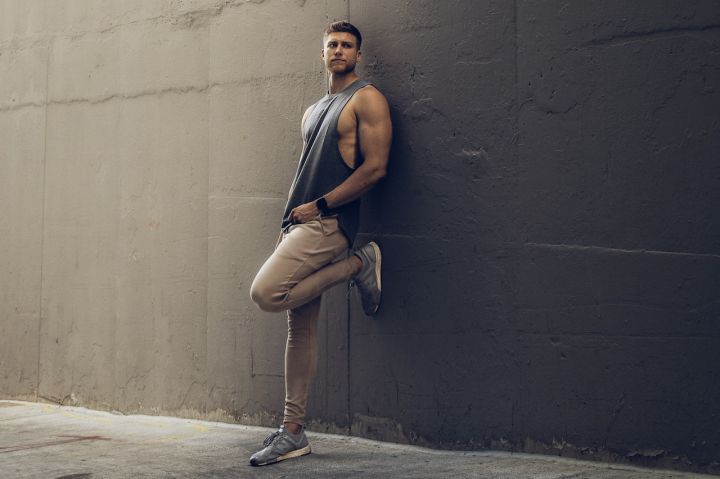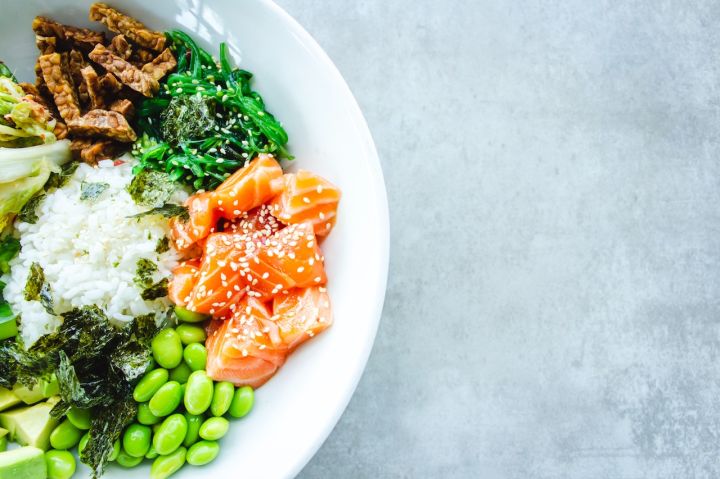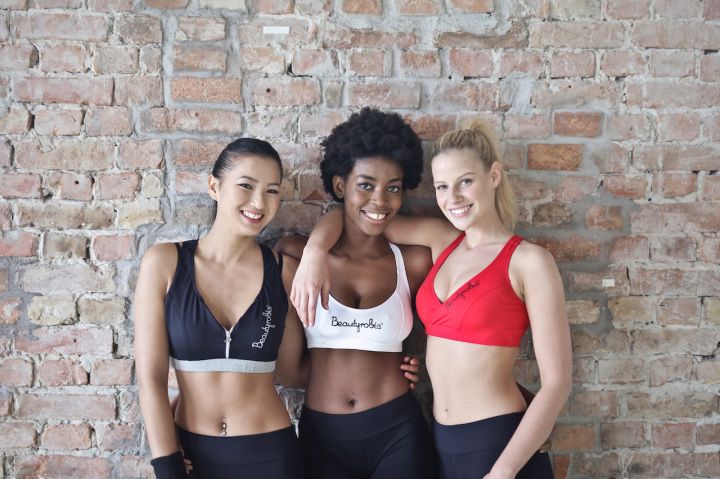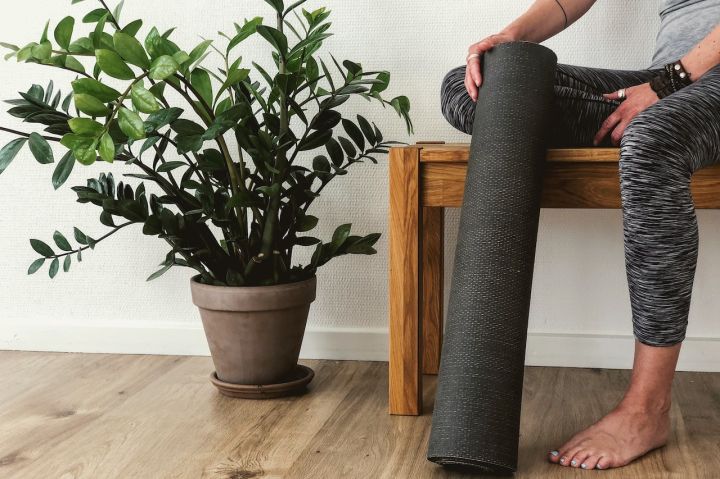the flat bench press, one of the three tests of willpower in weightlifting, is the best-performing big brother; the upward incline bench press is the charismatic little brother as an alternative for bodybuilders; the downward incline bench press is the one tucked away in the corner, much neglected.

it is easy to feel awkward when preparing for the downward incline bench press, especially when holding a pair of dumbbells. In the movement, the dumbbells descend towards the neck like an intimidating guillotine, but this is nothing compared to the benefits this movement brings.

lower incline dumbbell bench press explained
equipment required: Lower incline bench, pair of medium to heavy weight dumbbells
with abs tightened, lie on the lower incline bench and hold a dumbbell in each hand, raised on each side of the chest, palms should be facing forward. With your feet flat on the floor, push the dumbbells towards your chest. Pause at the highest point of the movement, then slowly lower the weight back to the starting position.

benefits of the lower incline bench press
1. Strengthens the pectoralis major
the flat bench press will have the anterior deltoids firing, the direction of the downward incline bench press concentrates more of the load on the lower edge of the pectoralis major or pectoralis major, which means more growth can be gained in the pectoral muscles.
2. Less stress
with the body in a downward facing position, the path of movement of the barbell helps to reduce the amount of stress placed on the shoulder joint, something that is often difficult to do with the upward incline bench press. The downward incline bench press will reduce the amount of pressure exerted on the lumbar spine, reducing the risk of injury.

3. Higher weights
most guys find that they can do more weight on the lower incline bench press - usually more than the flat bench press.
The lower incline bench press gains a greater mechanical advantage by lifting greater weights. In fact, when the little guy is bench pressing with a big weight, he chooses a chest up, elbow in position, which is similar to the downward incline bench press.

if you're training strength and muscle with larger weights, but don't want to cause excessive joint tension, try the downward incline bench press!
How can the lower incline bench press be changed?
If you want to build strength, build muscle, or intensify your training performance, choose a weight that can handle the maximum, with good form and appropriate reps.

but what if there are no weights that can be used for the lower incline bench press? Or what if you are training at home and only have 20kg of dumbbells? What if you have to train with people who are not at the same level? There are several ways to deal with this.
1. Change the angle
some incline bench presses are adjustable. If it is adjustable, then change the angle. The flatter the angle of the bench, the more difficult it is to push up; the greater the downward incline, the easier it is to push up. If you are having difficulty with this movement, try changing the angle.

2. Changing the movement
lower the deadlift, push up halfway, then lower it again and push the dumbbell up completely the next time. This is what counts as one movement.
You can also split the movement into three steps for more intensity: Lower the weight completely, push up a quarter of the way, then lower again; push up halfway, then lower again; push up three-quarters of the way, then lower again; and finally push to the highest point. This is considered a movement, which will keep the muscles under tension for a long time.

3. Change of rhythm
when you lower the weight quickly and then push it up again, doing so will reduce the amount of time the muscle is under tension, which is key to muscle growth. Lowering the weight slowly forces the muscle to do more work. Holding the centrifugal phase for three to four seconds, then pushing up quickly, is ideal.
What are the target muscles for the bench press?
1. Pectoral muscles
the pectoralis muscle you can see is the pectoralis major, which consists of two heads: The clavicle (upper) and the sternum (lower). They combine to bring your arms towards the midline of your body, just as they do when you clap your hands. Working silently under the pectoralis major is the pectoralis minor. The pectoralis minor keeps the scapulae down and forward.

the lower incline bench press emphasises the lower edge of the pectoralis major more than the flat bench press or the upper incline bench press.
2. Anterior deltoid
the deltoids are not specifically targeted in the lower incline bench press compared to the flat bench press or the upper incline bench press. The deltoid muscle consists of three muscle bundles: The posterior, middle and anterior bundles, with the last shoulder taking a little more of the load during the downward incline bench press

3. Triceps brachii
the triceps brachii is the muscle of the upper arm responsible for pushing and accounts for approximately two thirds of its upper arm muscles. It is made up of three heads: The long head, the medial head and the lateral head. The lower incline bench press focuses on the lateral and medial heads of the triceps.

pec training isn't hard, finding the way is most important!





